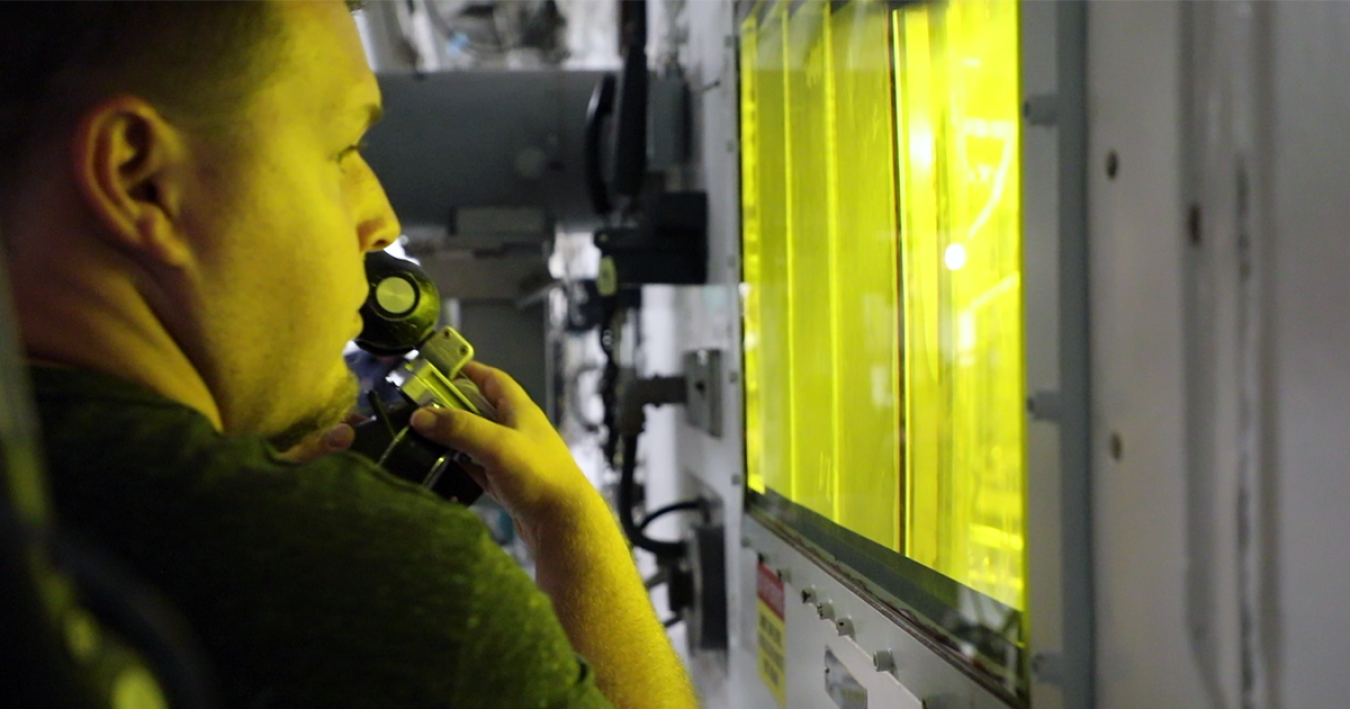The SATS facility at Oak Ridge National Laboratory helps researchers understand why nuclear fuels fail under severe conditions.
December 17, 2018Some jobs are just cooler than others and these researchers at Oak Ridge National Laboratory (ORNL) have a pretty sweet gig.
They test the failure points of nuclear materials in order to develop new fuel rods for the nation’s commercial fleet of reactors.
Sounds pretty cool, huh?
It is, and it all happens right here at the lab’s Severe Accident Test Station, also known as SATS.
Take a look:
Severe accident testing
SATS is one of the few facilities in the world that can test cladding and fuel materials at high temperature using steam, inert gases, and air.
This capability was first used back in the 90s at Argonne National Laboratory and was later picked up by ORNL in 2012 to develop new accident tolerant fuels for the industry.
SATS allows researchers to understand why a material fails under severe conditions and the physics behind that failure.
The data is then used to help characterize these technologies for the U.S. Nuclear Regulatory Commission (NRC).

How it works
SATS is a modular facility used to examine light-water reactor fuel and materials.
It’s primarily used to examine the oxidation behavior of new cladding alloys, which are the outer layers of the fuel rods.
The facility is equipped with two furnaces that researchers can rapidly heat up to a wide range of controlled temperatures and pressures.
The first furnace simulates a loss of coolant under accident conditions that a reactor is designed to withstand. The second one tests beyond this threshold to see what happens in a “worst case scenario.”
The data is then used by the NRC to determine the proper safety measures needed to operate America’s fleet of reactors.
Accident tolerant fuels
SATS is an important facility in helping the industry develop new fuels that can survive longer under accident conditions.
It primarily serves the U.S. Department of Energy’s accident tolerant fuel program by studying the separate and combined effects that lead to fuel failure in light-water reactor fuels.
Framatome, GE and Westinghouse are all using this data to help commercialize these new fuels, which could also boost the reactor performance of today’s fleet.


